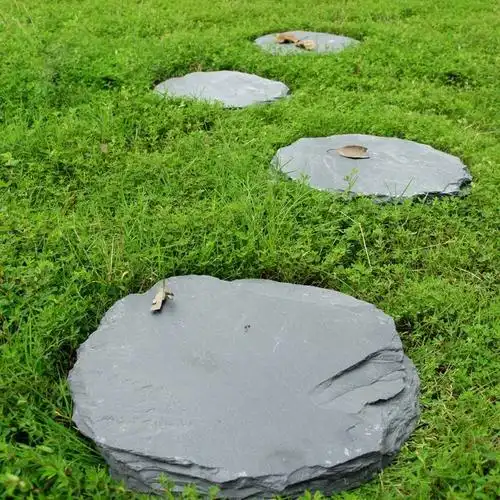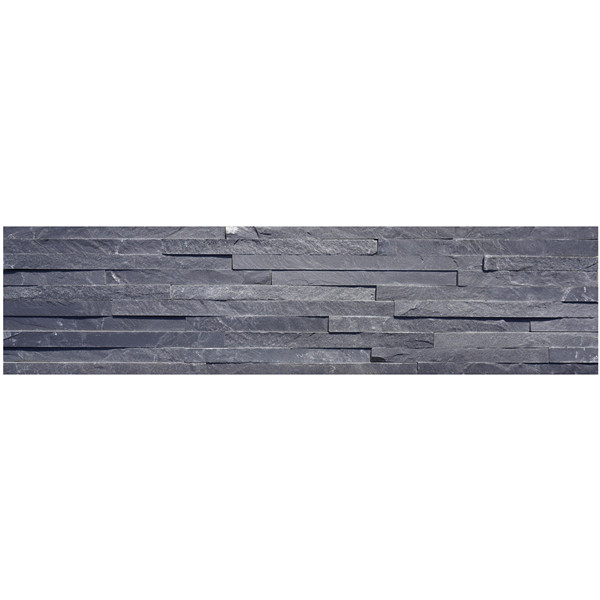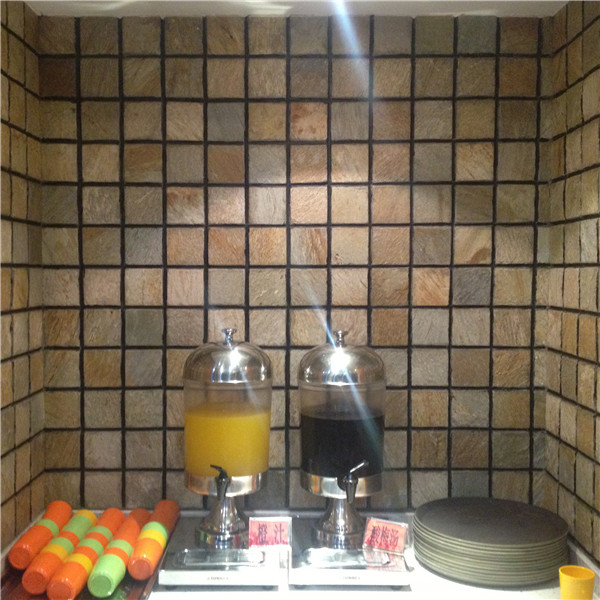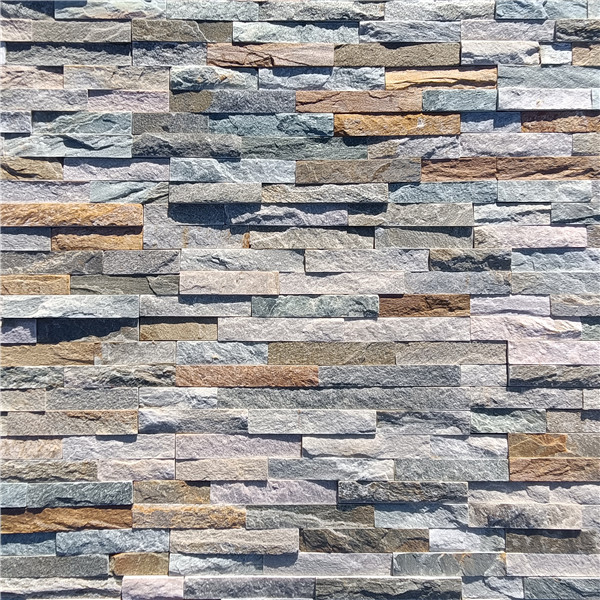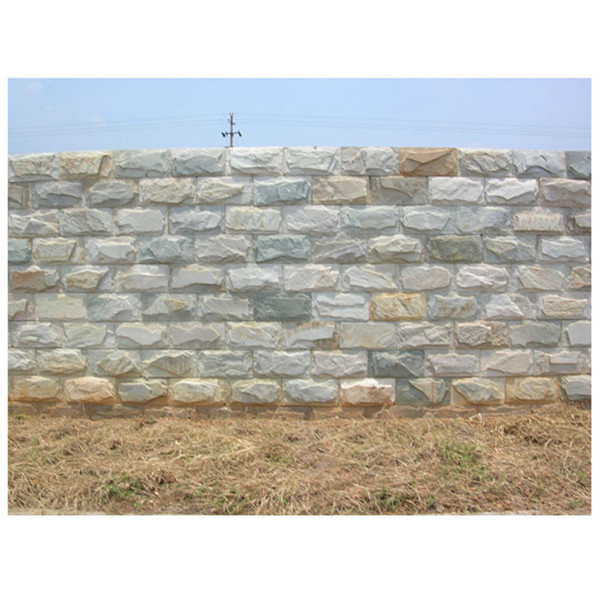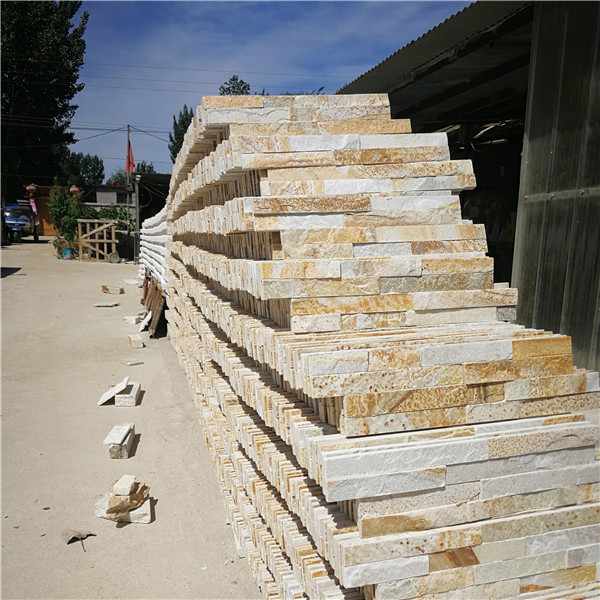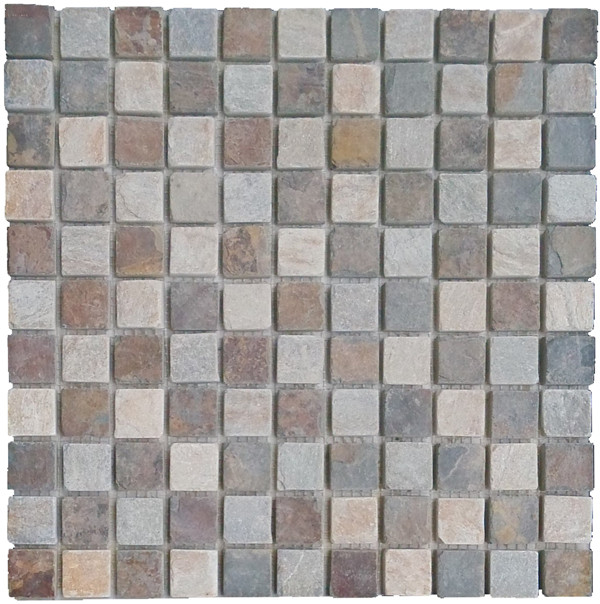Table of Contents
ToggleIntroduction
Welcome to the captivating world of stepstone pavers, where functionality meets aesthetic elegance. Picture this: you step into your garden, and instead of just grass or plain concrete, you’re greeted by a beautifully crafted pathway that guides you through a lush landscape. Stepstone pavers are the unsung heroes of landscaping, providing not only a path to walk on but also adding an element of design and personality to your outdoor spaces. Whether you’re aiming for a serene garden path, a chic patio, or an inviting driveway, stepstone pavers offer a versatile solution that can transform your home into an enchanting haven. So, let’s embark on this journey to explore the wonders of stepstone pavers and why they might just be the perfect choice for your next home improvement project.

What Are Stepstone Pavers?
Imagine each step you take in your garden being cushioned by sturdy, stylish stones. That’s essentially what stepstone pavers are—individual stones or blocks meticulously placed to create functional and decorative outdoor features. But they aren’t just any stones. These pavers come in a variety of shapes, sizes, and materials, each offering its own unique flair and benefits. Whether you’re drawn to the sleek modernity of concrete or the timeless beauty of natural stone, there’s a type of stepstone paver to suit every taste and requirement.
These pavers serve multiple purposes: they guide foot traffic, protect lawns from wear, and add visual interest to landscapes. They can be arranged in patterns or laid randomly for a more natural look. From meandering garden paths that invite exploration to robust driveways that can handle vehicular weight, stepstone pavers are as functional as they are beautiful.
Benefits of Using Stepstone Pavers
You might be wondering, what makes stepstone pavers such a popular choice among homeowners and landscape designers alike? Let’s delve into their benefits.
Aesthetic Appeal
First and foremost is their undeniable aesthetic appeal. Stepstone pavers can dramatically enhance the visual charm of your outdoor spaces. They come in various colors, textures, and patterns, allowing you to create designs that reflect your personal style. Want a rustic cobblestone path reminiscent of European villages? Or perhaps a sleek, minimalist patio that complements modern architecture? With stepstone pavers, your creativity is your only limit.
Durability and Longevity
Stepstone pavers are not just pretty faces; they’re built to last. Constructed from durable materials like concrete, natural stone, and brick, they can withstand the elements and heavy foot traffic. Unlike poured concrete slabs that can crack over time due to shifting ground or temperature changes, individual pavers allow for flexibility. This means if one paver gets damaged, it can be replaced without disturbing the rest—saving you time and money in repairs.
Versatility in Design
Another fantastic benefit is their versatility in design. Whether you’re working with a sprawling backyard or a compact urban garden, stepstone pavers can be adapted to fit any space. You can arrange them in symmetrical patterns for a formal look or scatter them organically for a more relaxed feel. They can even be combined with other materials like gravel, grass, or mulch to create texture contrasts and enhance visual interest.
Types of Stepstone Pavers
Now that you’re acquainted with their benefits, let’s explore the different types of stepstone pavers available.
Concrete Pavers
Concrete pavers are among the most popular choices due to their affordability and versatility. They’re manufactured in various shapes and sizes, making them suitable for a wide range of applications. Concrete pavers can mimic the look of natural stone or brick at a fraction of the cost. They also come in different finishes—smooth for a contemporary look or textured for added grip and character.
Natural Stone Pavers
For those seeking authenticity and timeless beauty, natural stone pavers are an excellent option. Made from quarried stones like granite, limestone, slate, or sandstone, these pavers boast unique patterns and colors that only nature can provide. While they tend to be more expensive than concrete or brick pavers, their durability and unmatched aesthetic make them worth the investment.
Brick Pavers
Brick pavers exude classic charm and are perfect for creating warm, inviting spaces. Their rich earthy tones add a touch of nostalgia and are ideal for traditional or cottage-style homes. Brick is also incredibly durable and retains its color well over time, making it a practical choice for outdoor areas exposed to sunlight.
How to Choose the Right Stepstone Pavers
With so many options at your disposal, how do you choose the right stepstone pavers for your project? Here are some considerations to keep in mind.
Considerations for Design
Begin by envisioning your desired outcome. What style are you aiming for? Do you want something sleek and modern or rustic and charming? Consider the architecture of your home and existing landscape features when making your decision. Also think about how the pavers will be used—are they purely decorative or do they need to withstand heavy use?
Environmental Factors
It’s important to take into account environmental factors as well. Certain materials may perform better in specific climates. For instance, if you live in an area with harsh winters, you’ll want pavers that can resist freeze-thaw cycles without cracking.
Budget Constraints
Lastly, consider your budget. While natural stone offers unrivaled beauty, it may not be feasible for everyone. Fortunately, there are plenty of options available across different price points that don’t compromise on quality or aesthetics.
Installation Process
Now that you’ve selected your ideal pavers, it’s time to think about installation—a crucial step in ensuring their longevity and performance.
Preparing the Site
The first step is site preparation. Clear away any debris or vegetation from the area where you plan to lay the pavers. Ensure that the ground is level; this might involve some digging or adding fill material.
Laying the Pavers
Once your site is prepared, lay down a base layer—usually sand or gravel—to aid with drainage and stability. Begin placing your pavers according to your desired pattern or design. Use spacers if necessary to maintain even gaps between each stone.
Sealing and Finishing Touches
After laying all your pavers comes sealing—a vital step often overlooked by DIY enthusiasts! Applying a sealant helps protect against stains and enhances color vibrancy while extending their lifespan significantly.
Maintenance Tips for Stepstone Pavers
Now that your stepstone pavers are installed and looking fabulous, how do you keep them that way? Proper maintenance is key to ensuring their longevity and preserving their aesthetic appeal. Here are some tips to help you maintain your pavers in top condition.
Regular Cleaning Techniques
Think of cleaning your pavers like brushing your teeth—it’s a simple routine that goes a long way. Regularly sweeping the surface will prevent dirt and debris from accumulating and potentially staining the pavers. For more stubborn grime, a gentle pressure wash can work wonders. Just be careful not to use too high a setting, as it could damage the surface.
Preventing Weeds and Moss Growth
Ah, weeds—the relentless invaders of any outdoor space. To keep them at bay, consider applying a joint stabilizing sealer that helps lock the sand between the pavers, making it difficult for weeds to take root. Additionally, occasional weeding by hand or using a natural herbicide can help manage any growth that does occur.
Repairing Cracks and Damages
Even with the best care, cracks or chips may eventually appear. The good news is that one of the advantages of pavers is their ease of repair. Unlike concrete slabs, which may require complete replacement if damaged, individual pavers can be swapped out with minimal fuss. For minor cracks, filler compounds are available that can seamlessly blend with the existing material.
DIY vs. Professional Installation
Deciding whether to go the DIY route or hire a professional for your stepstone paver project can be a tough call. Let’s weigh the pros and cons to help you make an informed decision.
Pros and Cons of DIY
Embarking on a DIY project can be immensely satisfying and cost-effective if you’re up for the challenge. It allows you to work at your own pace and make real-time adjustments as needed. However, it’s important to consider your skill level and the project’s complexity. Installing pavers requires precision and patience—one misaligned stone could throw off the entire design!
When to Hire a Professional
If your project is large-scale or involves intricate designs, hiring a professional might be the way to go. Professionals bring expertise and experience, ensuring the job is done correctly and efficiently. They also have access to specialized tools and equipment that can make installation smoother. While this option might be more expensive upfront, it could save you from costly mistakes down the line.
Creative Ideas for Using Stepstone Pavers
Stepstone pavers are like a blank canvas waiting for your artistic touch. Here are some creative ideas to inspire your next outdoor project.
Unique Garden Pathways
Transform your garden into a whimsical wonderland with winding pathways made from stepstone pavers. Experiment with different shapes and sizes to create an organic flow that invites exploration. Add decorative elements like stepping stones interspersed with gravel or pebbles for added texture.
Patio Designs
Imagine sipping your morning coffee on a beautifully paved patio bathed in sunlight. With stepstone pavers, you can design patios that reflect your personal style—be it modern chic or rustic retreat. Incorporate seating areas with built-in planters or fire pits for cozy gatherings with friends and family.
Driveway Enhancements
Who says driveways have to be boring? Stepstone pavers can add curb appeal and elevate the entrance to your home. Consider patterns like herringbone or basket weave for visual interest, or mix materials like brick borders with concrete centers for contrast.
Conclusion
As we’ve explored in this extensive guide, stepstone pavers offer a multitude of benefits and creative possibilities for transforming your outdoor spaces. From their aesthetic allure and durability to their versatility in design, they are an excellent choice for any landscaping project. Whether you opt for DIY installation or enlist professional help, stepstone pavers are sure to enhance the beauty and functionality of your home. So why not take the plunge and explore the world of stepstone pavers? Your dream outdoor oasis awaits!




